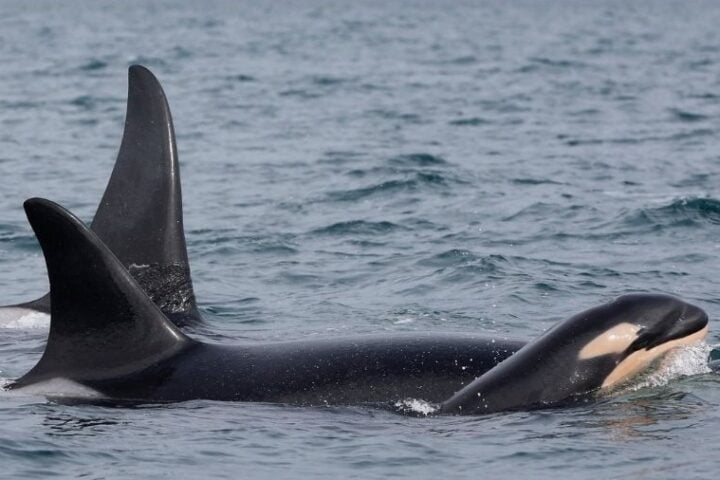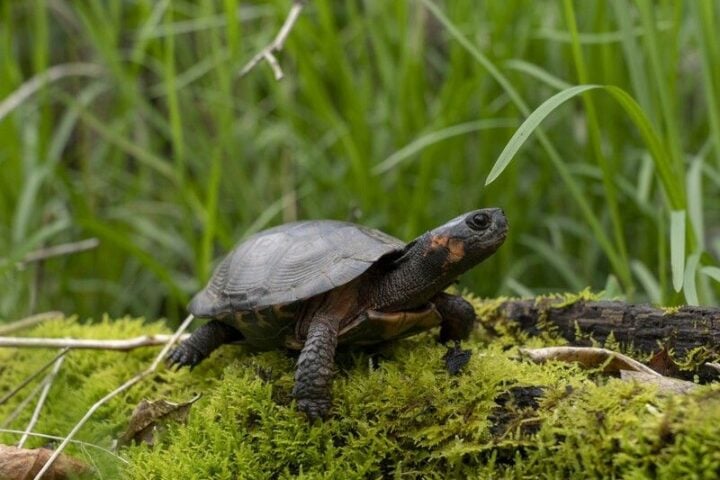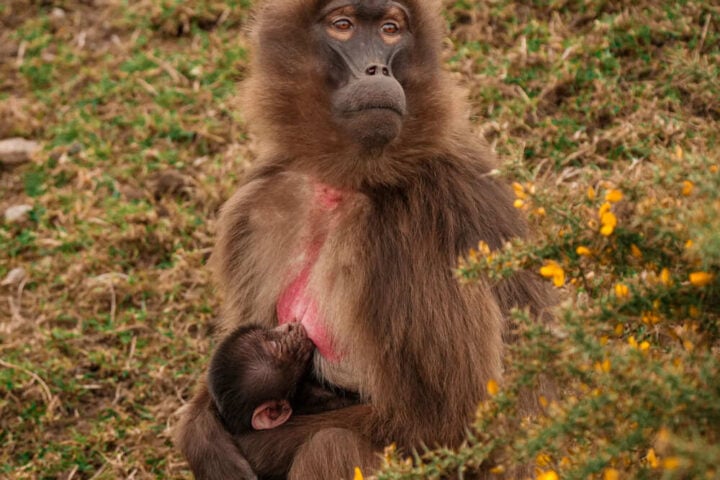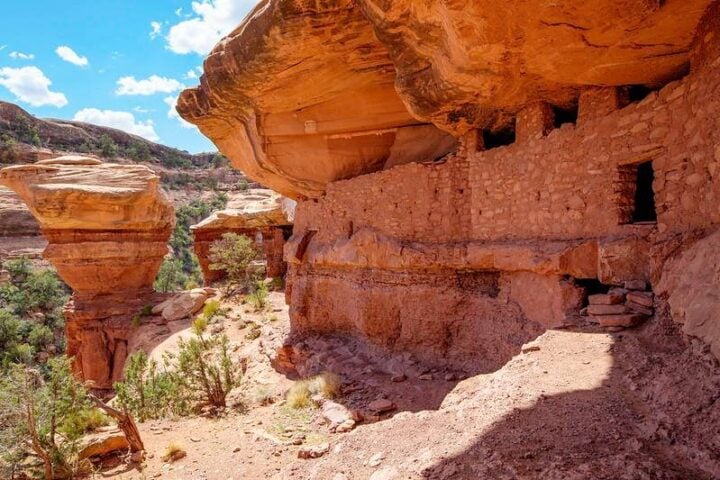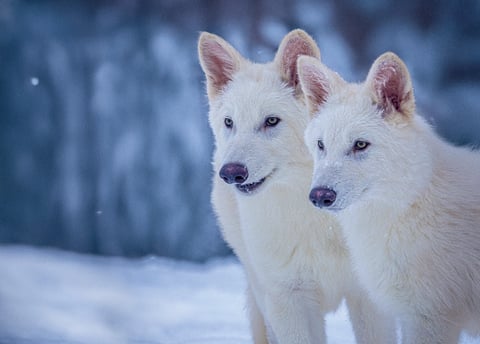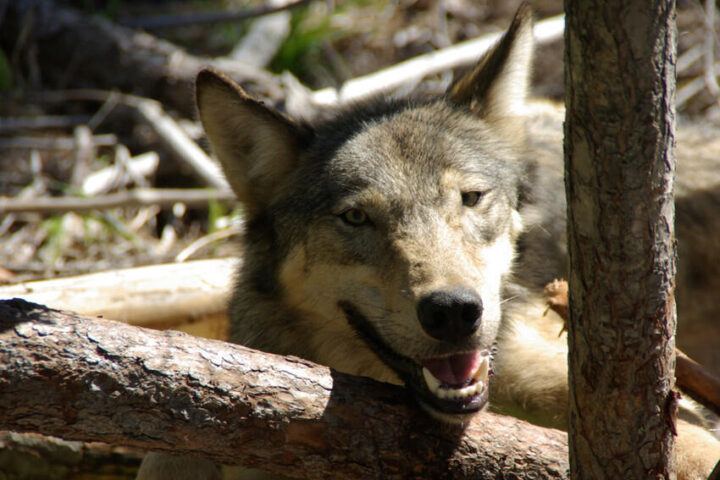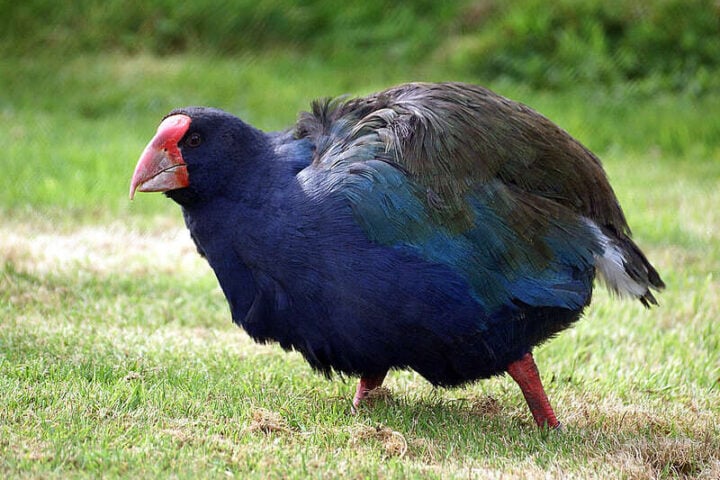A key scientific group with over 50 years of experience monitoring Yellowstone’s grizzly bears faces major disruptions as staff retire and aren’t replaced, while their research facility faces closure.
The Interagency Grizzly Bear Study Team, formed in 1973, has been crucial in bringing Yellowstone grizzlies back from near extinction. Now, scientists and conservation groups warn that recent federal government actions threaten to dismantle this important research program.
“The USGS-led study team has built the foundation of science that has allowed us to bring Yellowstone grizzlies back from the brink of extinction,” said Christopher Servheen, who led the U.S. Fish and Wildlife Service‘s grizzly bear recovery program for 35 years. “Without the study team, grizzly bear recovery and delisting will fail, and the Yellowstone grizzlies will begin to spiral downward again.”
Key Personnel Leaving, Not Being Replaced
Mark Haroldson, a longtime supervisory wildlife biologist with the team, has retired and his position remains unfilled due to a hiring freeze. The team’s leader, Frank van Manen, also announced an earlier-than-desired retirement.
“He didn’t want to leave,” Servheen said of van Manen, suggesting the departure was related to ongoing federal government upheaval.
The study team now reportedly consists of just four employees, with three being technicians who are often seasonal, entry-level employees, and only one staff biologist who has been in the job about three years.
Similar Posts
Research Center Slated for Closure
Adding to the disruptions, the Northern Rocky Mountain Science Center in Bozeman, which houses the grizzly bear team, is among hundreds of federal facilities being closed. The science center also supports research on brucellosis, chronic wasting disease, and aquatic species.
The facility closures have sparked protests, with 42 retired or active biologists petitioning Montana’s congressional delegation to protect the science center and its employees.
Why This Matters for Grizzly Bears
The Greater Yellowstone Ecosystem is home to approximately 1,000 grizzly bears, which have been steadily expanding their range over the past four decades under the team’s watch.
The study team’s research on bear behavior and food habits has been vital in preventing conflicts between bears and people, monitoring population health, and helping the bears expand across the Greater Yellowstone and Northern Continental Divide ecosystems.
“The foundation of Yellowstone grizzly bear recovery has been built on science,” Servheen emphasized. “Removing that science eliminates our ability to maintain Yellowstone grizzly bears.”
Questions About Political Motivations
The disruptions are attributed to actions by the Trump administration and what some sources call the “Department of Government Efficiency” (DOGE), reportedly led by Elon Musk.
“Trump and Musk are irresponsibly smashing decades of nonpartisan, collaborative research on imperiled grizzly bears,” said Andrea Zaccardi, carnivore conservation legal director at the Center for Biological Diversity. “I’m sickened by this administration’s ongoing attacks on the civil servants who help save grizzlies and other endangered species across the country.”
The Center for Biological Diversity has filed a Freedom of Information Act request to gain more insight into the future of the team.
Conservation groups are particularly concerned because these changes come while grizzly bears face potential removal from Endangered Species Act protections. The Trump administration has extended the public comment period on a proposed grizzly bear rulemaking while canceling previously scheduled hearings.
As Servheen put it: “How could anybody be so negligent and vile that they’re trying to destroy something that has brought grizzly bears back from the edge of extinction?”
Frequently Asked Questions
The Interagency Grizzly Bear Study Team is a scientific group formed in 1973 that has monitored and researched Yellowstone’s grizzly bears for over 50 years. It includes scientists from federal agencies, state wildlife departments, and tribal partners. The team has been crucial in bringing Yellowstone grizzlies back from near extinction through their research on bear behavior, habitat use, and population trends. Their work provides the scientific foundation for grizzly bear conservation and management decisions.
The team is facing major disruptions through multiple channels. Key senior personnel like Mark Haroldson and team leader Frank van Manen have retired, and their positions are not being filled due to a hiring freeze. Additionally, the Northern Rocky Mountain Science Center in Bozeman, which houses the team, is slated for closure. This leaves the team with only four employees, three of whom are technicians who are often seasonal workers, and just one staff biologist with relatively little experience.
The Greater Yellowstone Ecosystem is home to approximately 1,000 grizzly bears. Without proper scientific monitoring, experts warn that conservation efforts could falter. The study team’s research has been essential for preventing human-bear conflicts and helping the bears expand their range over the past 40 years. Without this scientific foundation, population monitoring could become less reliable, making it harder to detect problems, manage conflicts, and maintain recovery progress.
According to the sources, the disruptions are attributed to actions by the Trump administration and what’s described as the “Department of Government Efficiency” (DOGE), reportedly led by Elon Musk. This department is said to be closing hundreds of federal facilities, including the Northern Rocky Mountain Science Center. Critics argue these decisions are putting politics ahead of science-based conservation, while supporters might view it as necessary government streamlining.
The timing has raised concerns among conservation groups because these research disruptions coincide with potential regulatory changes. The Trump administration has extended the public comment period on proposed grizzly bear rules while canceling previously scheduled hearings. This overlap has led some experts to worry that weakening the scientific research team could impact decisions about whether grizzlies should remain protected under the Endangered Species Act.
There has been notable pushback from the scientific community. 42 retired or active biologists have petitioned Montana’s congressional delegation to protect the science center and its employees. The Center for Biological Diversity has filed a Freedom of Information Act request to gain more insight into the plans for the research team. Former grizzly recovery leader Christopher Servheen has been vocal in criticizing the changes, warning they could reverse decades of conservation progress.
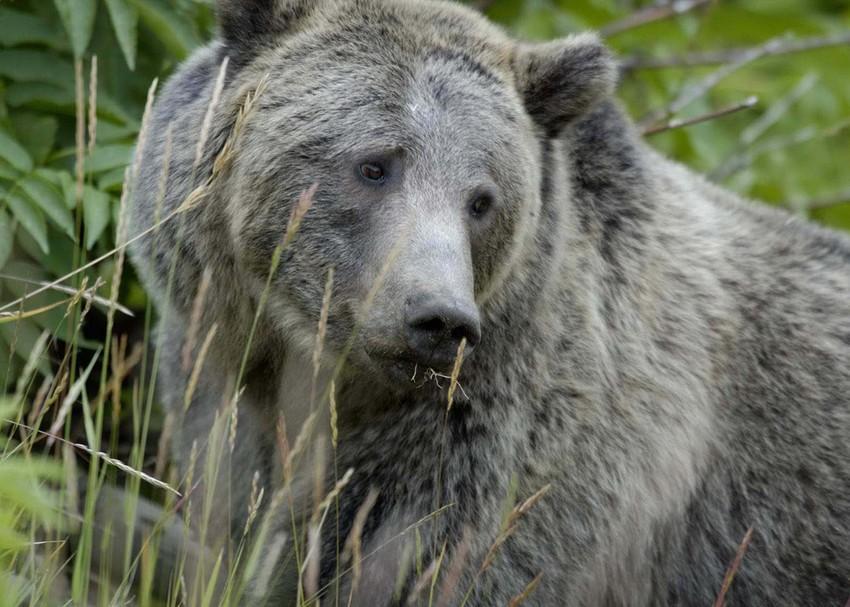



![Representative Image: European Starling [49/366]. Photo Source: Tim Sackton (CC BY-SA 2.0)](https://www.karmactive.com/wp-content/uploads/2025/04/Starlings-Drop-82-in-UK-Gardens-as-Birdwatch-2025-Reveals-Record-Low-Count-Since-1979-720x480.jpg)
